Tanushyam Chattopadhyay
AI based Safety System for Employees of Manufacturing Industries in Developing Countries
Nov 28, 2018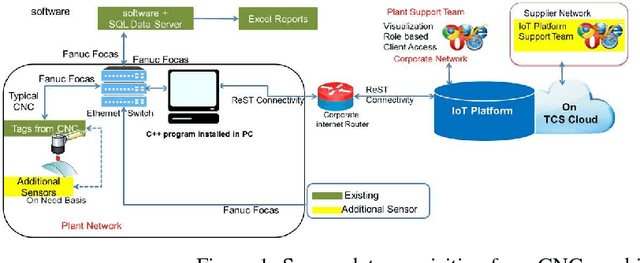

Abstract:In this paper authors are going to present a Markov Decision Process (MDP) based algorithm in Industrial Internet of Things (IIoT) as a safety compliance layer for human in loop system. Though some industries are moving towards Industry 4.0 and attempting to automate the systems as much as possible by using robots, still human in loop systems are very common in developing countries like India. When ever there is a need for human machine interaction, there is a scope of health hazard. In this work we have developed a system for one such industry using MDP. The proposed algorithm used in this system learned the probability of state transition from experience as well as the system is adaptable to new changes by incorporating the concept of transfer learning. The system was evaluated on the data set obtained from 39 sensors connected to a computer numerically controlled (CNC) machine pushing data every second in a 24x7 scenario. The state changes are typically instructed by a human which subsequently lead to some intentional or unintentional mistakes and errors. The proposed system raises an alarm for the operator to warn which he may or may not overlook depending on his own perception about the present condition of the system. Repeated ignorance of the operator for a particular state transition warning guides the system to retrain the model. We observed 95.61% alarms raised by the said system are taken care of by the operator. 3.2% alarms are coming from the changes in the system which in turn used to retrain the model and 1.19% alarms are false alarms. We could not compute the error coming from the mistake performed by the human operator as there is no ground truth available for that.
Interpretable Feature Recommendation for Signal Analytics
Nov 06, 2017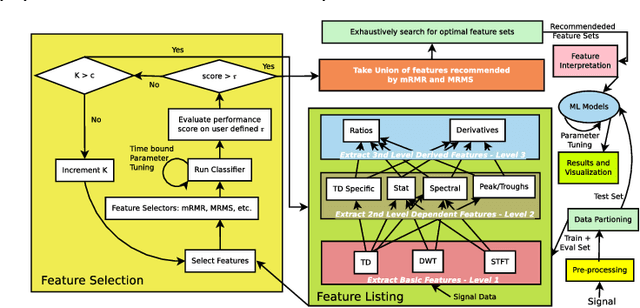
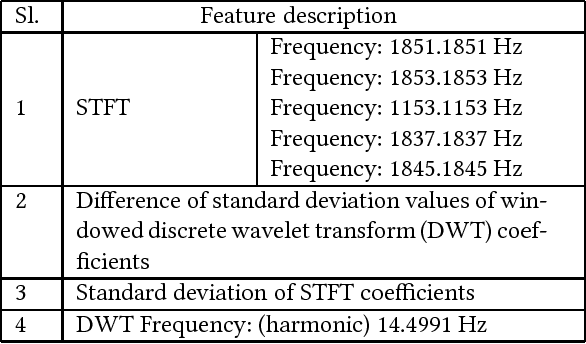

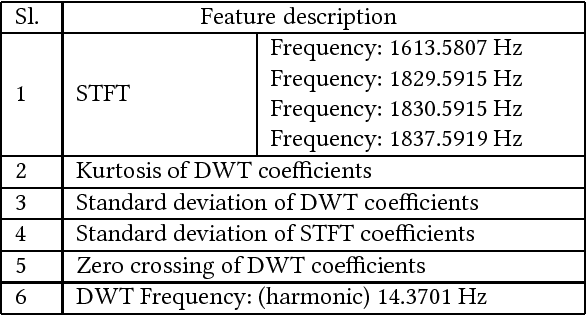
Abstract:This paper presents an automated approach for interpretable feature recommendation for solving signal data analytics problems. The method has been tested by performing experiments on datasets in the domain of prognostics where interpretation of features is considered very important. The proposed approach is based on Wide Learning architecture and provides means for interpretation of the recommended features. It is to be noted that such an interpretation is not available with feature learning approaches like Deep Learning (such as Convolutional Neural Network) or feature transformation approaches like Principal Component Analysis. Results show that the feature recommendation and interpretation techniques are quite effective for the problems at hand in terms of performance and drastic reduction in time to develop a solution. It is further shown by an example, how this human-in-loop interpretation system can be used as a prescriptive system.
Automation of Feature Engineering for IoT Analytics
Jul 13, 2017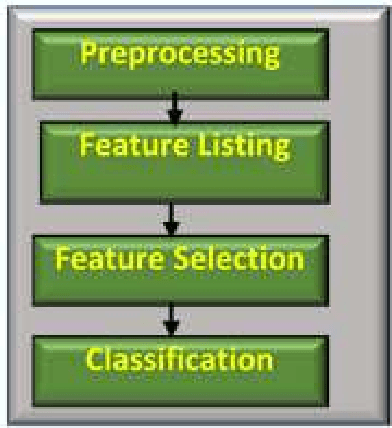
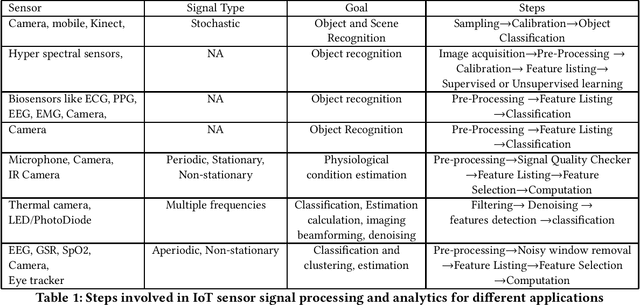
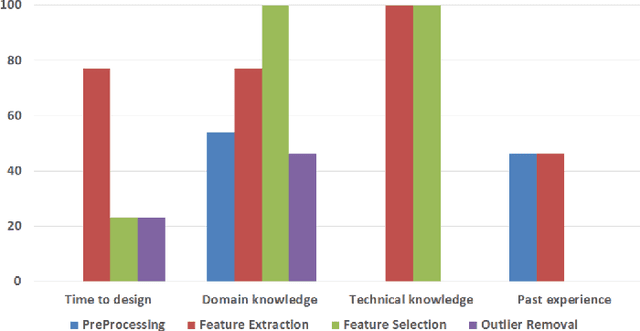

Abstract:This paper presents an approach for automation of interpretable feature selection for Internet Of Things Analytics (IoTA) using machine learning (ML) techniques. Authors have conducted a survey over different people involved in different IoTA based application development tasks. The survey reveals that feature selection is the most time consuming and niche skill demanding part of the entire workflow. This paper shows how feature selection is successfully automated without sacrificing the decision making accuracy and thereby reducing the project completion time and cost of hiring expensive resources. Several pattern recognition principles and state of art (SoA) ML techniques are followed to design the overall approach for the proposed automation. Three data sets are considered to establish the proof-of-concept. Experimental results show that the proposed automation is able to reduce the time for feature selection to $2$ days instead of $4-6$ months which would have been required in absence of the automation. This reduction in time is achieved without any sacrifice in the accuracy of the decision making process. Proposed method is also compared against Multi Layer Perceptron (MLP) model as most of the state of the art works on IoTA uses MLP based Deep Learning. Moreover the feature selection method is compared against SoA feature reduction technique namely Principal Component Analysis (PCA) and its variants. The results obtained show that the proposed method is effective.
Towards Wide Learning: Experiments in Healthcare
Dec 21, 2016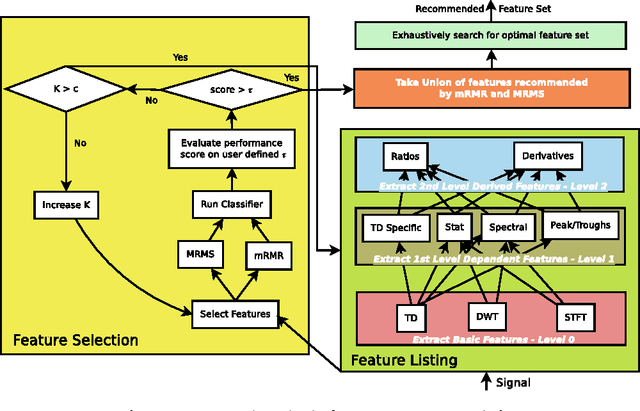

Abstract:In this paper, a Wide Learning architecture is proposed that attempts to automate the feature engineering portion of the machine learning (ML) pipeline. Feature engineering is widely considered as the most time consuming and expert knowledge demanding portion of any ML task. The proposed feature recommendation approach is tested on 3 healthcare datasets: a) PhysioNet Challenge 2016 dataset of phonocardiogram (PCG) signals, b) MIMIC II blood pressure classification dataset of photoplethysmogram (PPG) signals and c) an emotion classification dataset of PPG signals. While the proposed method beats the state of the art techniques for 2nd and 3rd dataset, it reaches 94.38% of the accuracy level of the winner of PhysioNet Challenge 2016. In all cases, the effort to reach a satisfactory performance was drastically less (a few days) than manual feature engineering.
 Add to Chrome
Add to Chrome Add to Firefox
Add to Firefox Add to Edge
Add to Edge